11 Free Arid Environment transparent PNG images
Explore our curated collection of 11 free AI-generated images showcasing Arid Environment themes. This diverse gallery features stunning stock photos, detailed 3D objects, vectors, and illustrations capturing the stark beauty of desert landscapes, dry terrains, and arid ecosystems. Download these high-resolution images for free, and utilize our innovative 'open in editor' feature on image detail pages to fine-tune prompts and regenerate variations that perfectly match your vision.

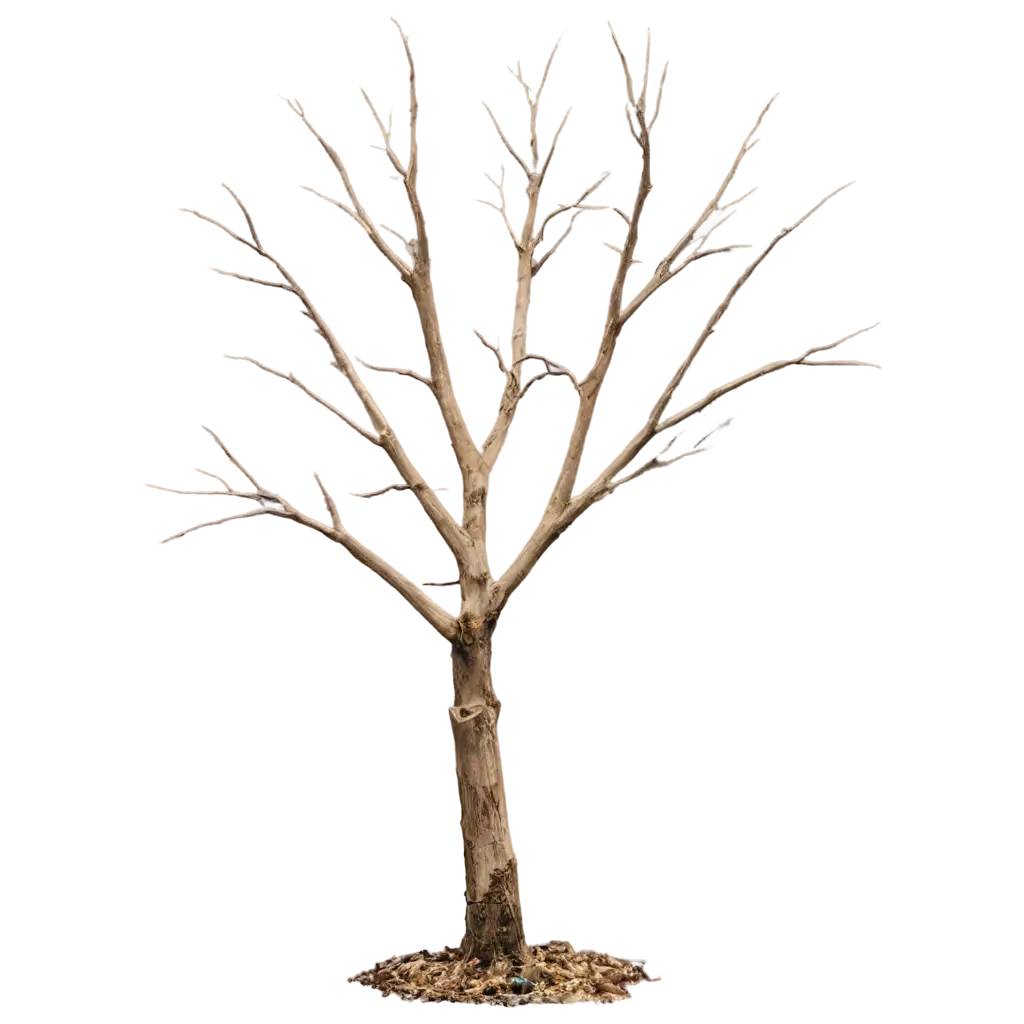
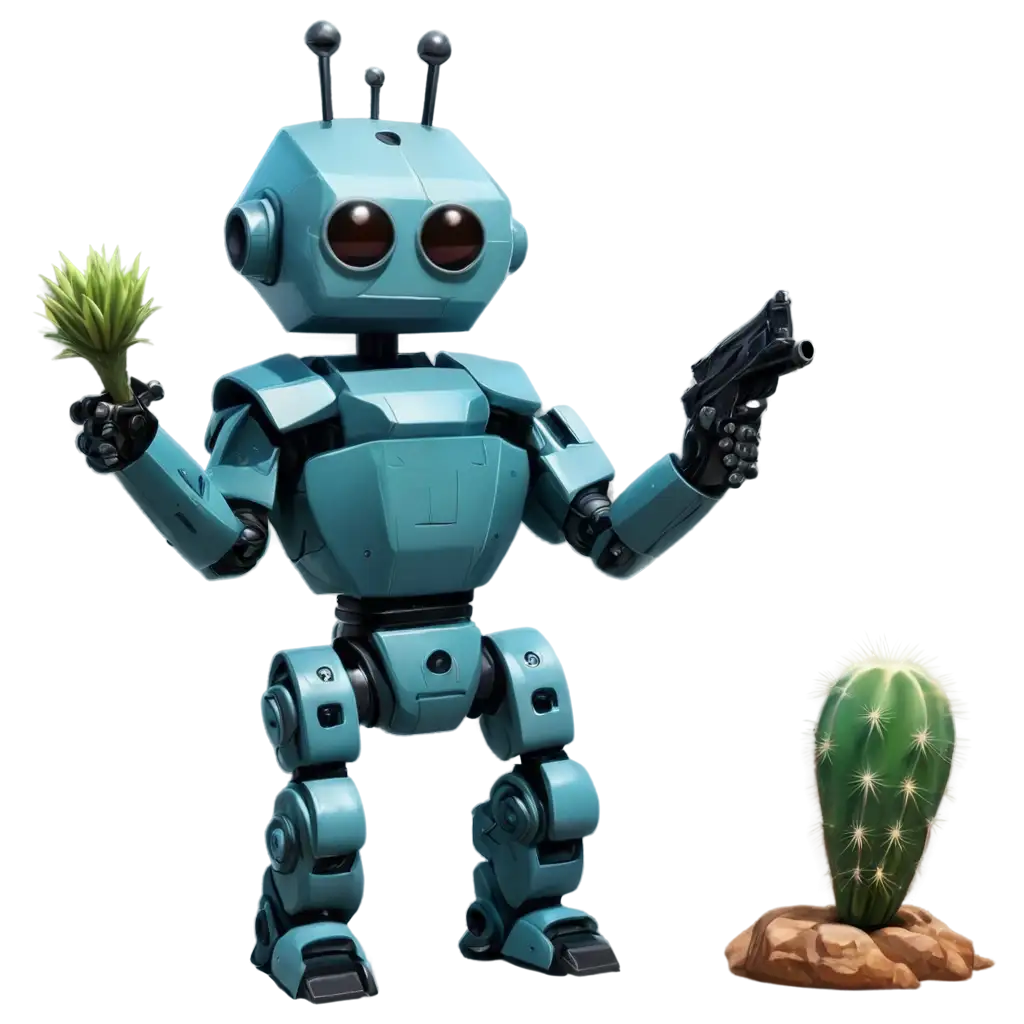
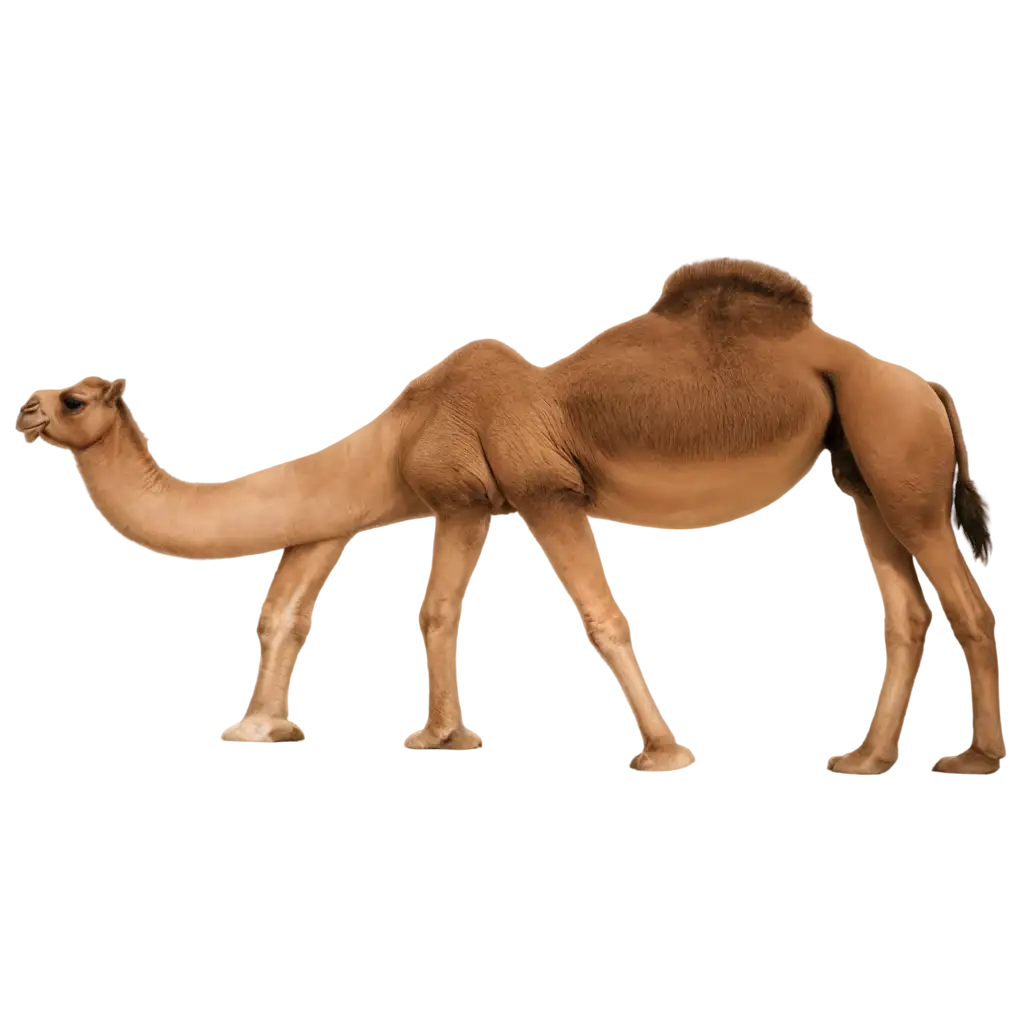
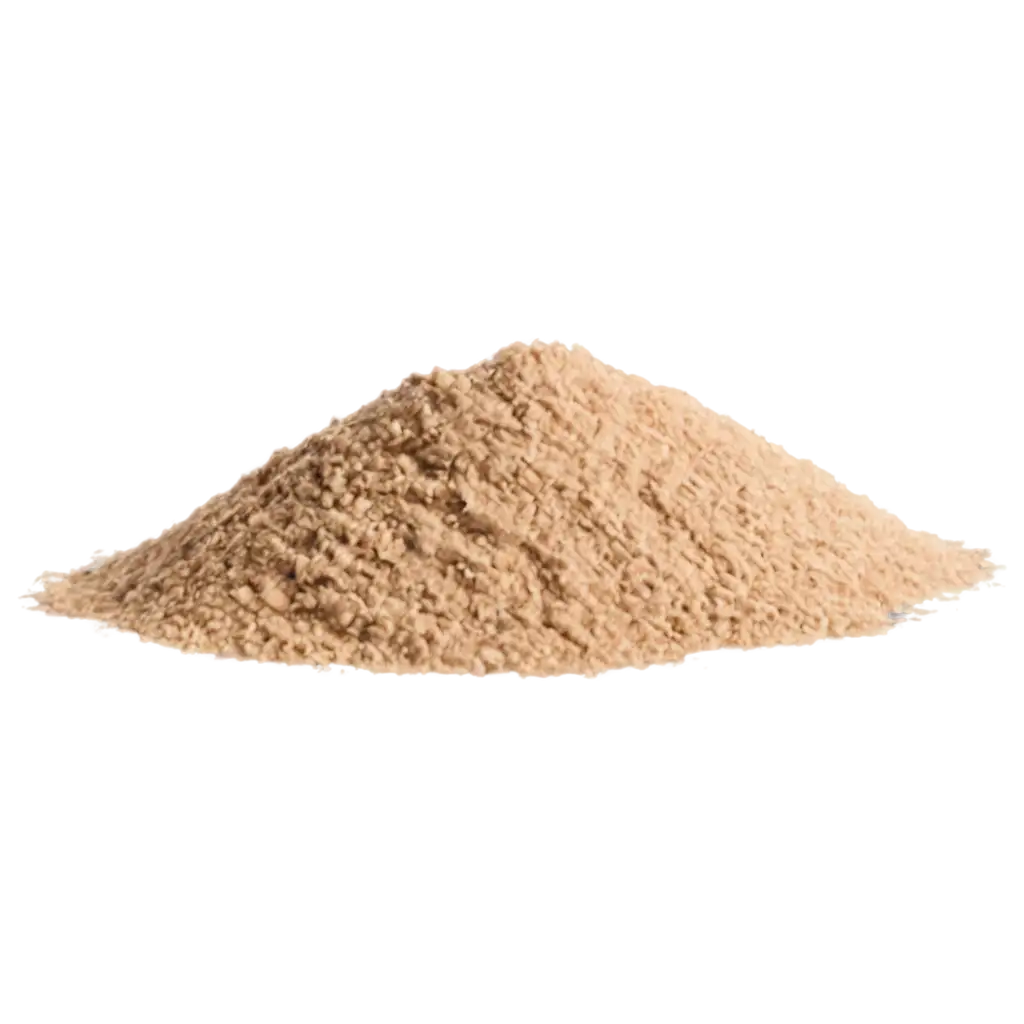

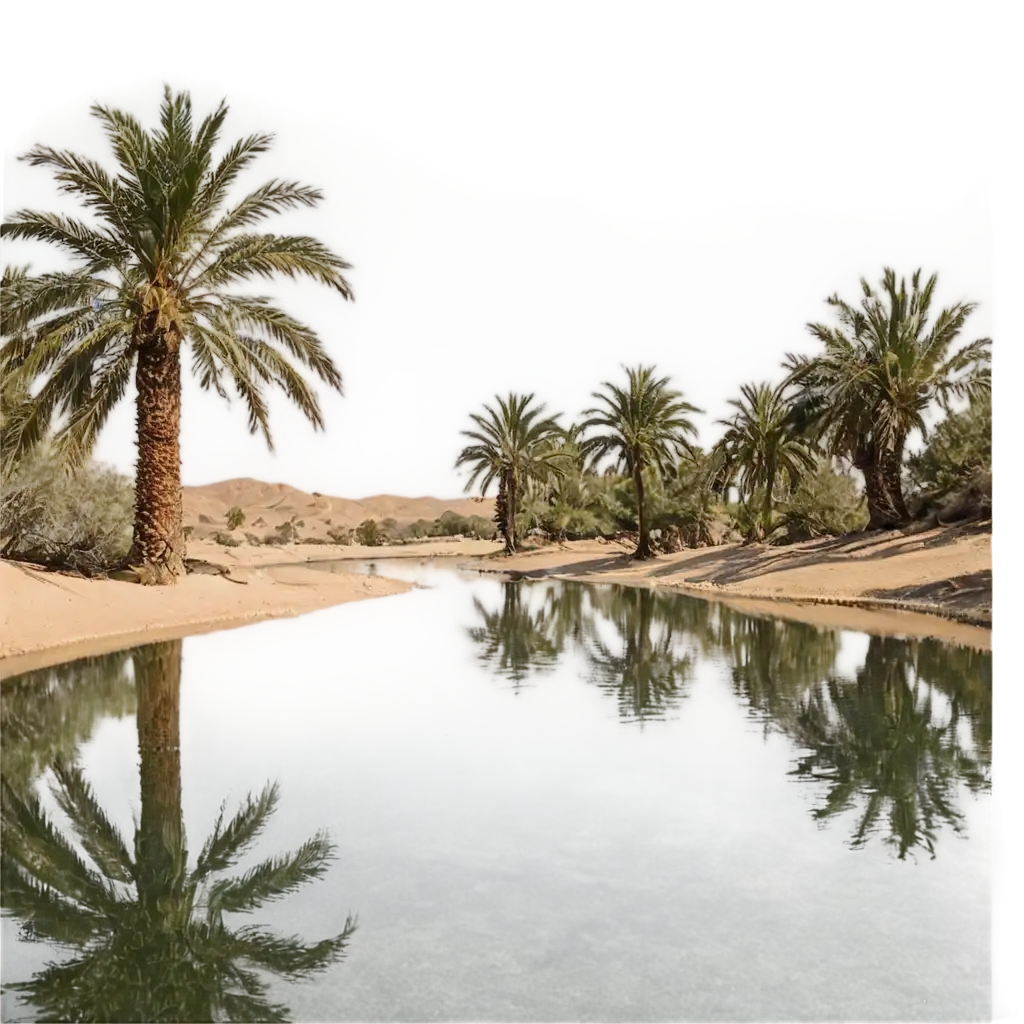
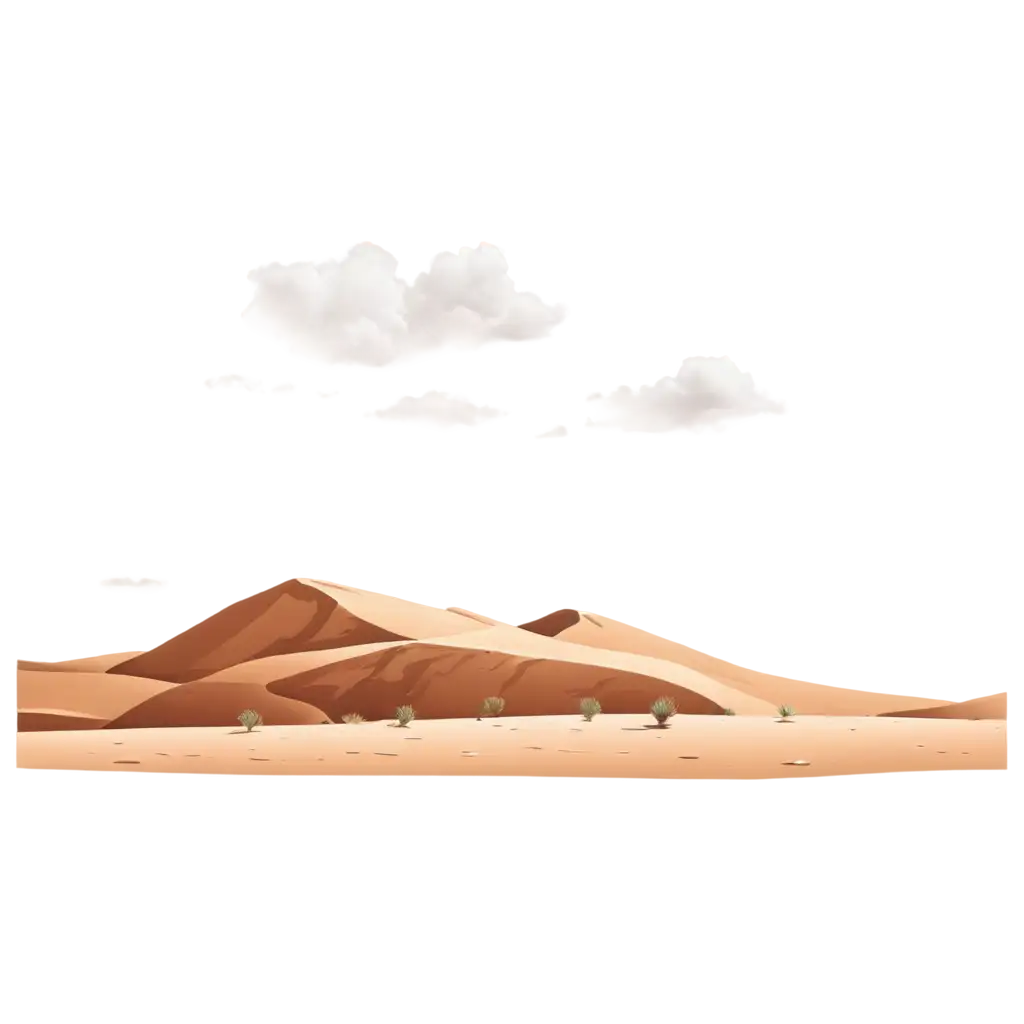
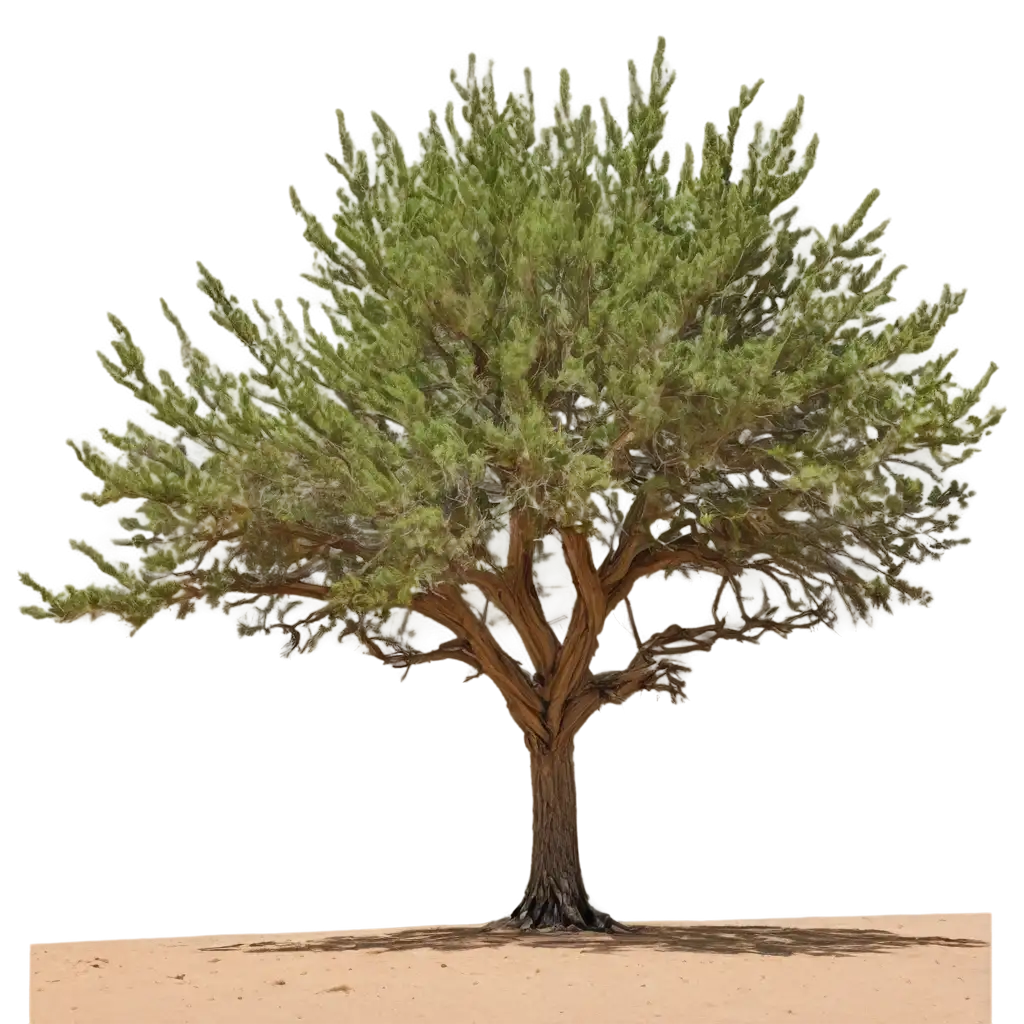
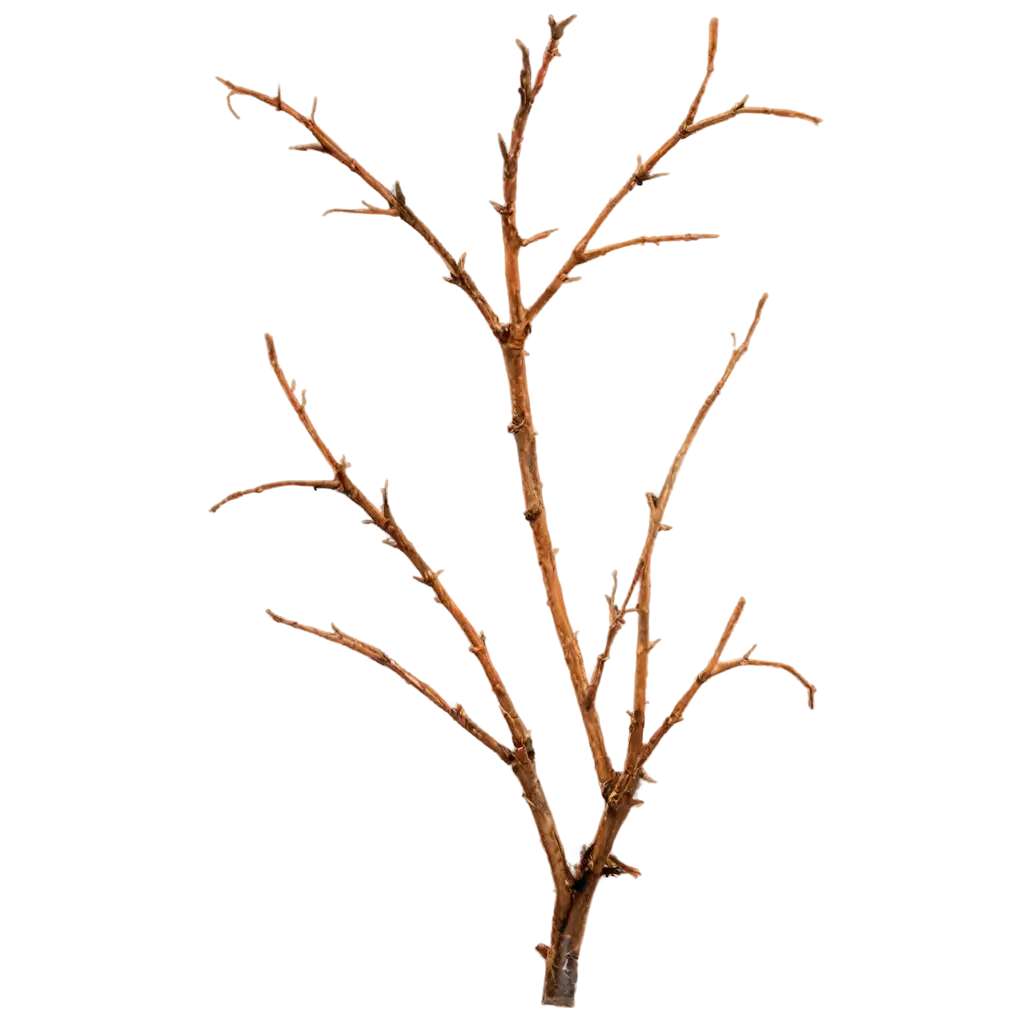
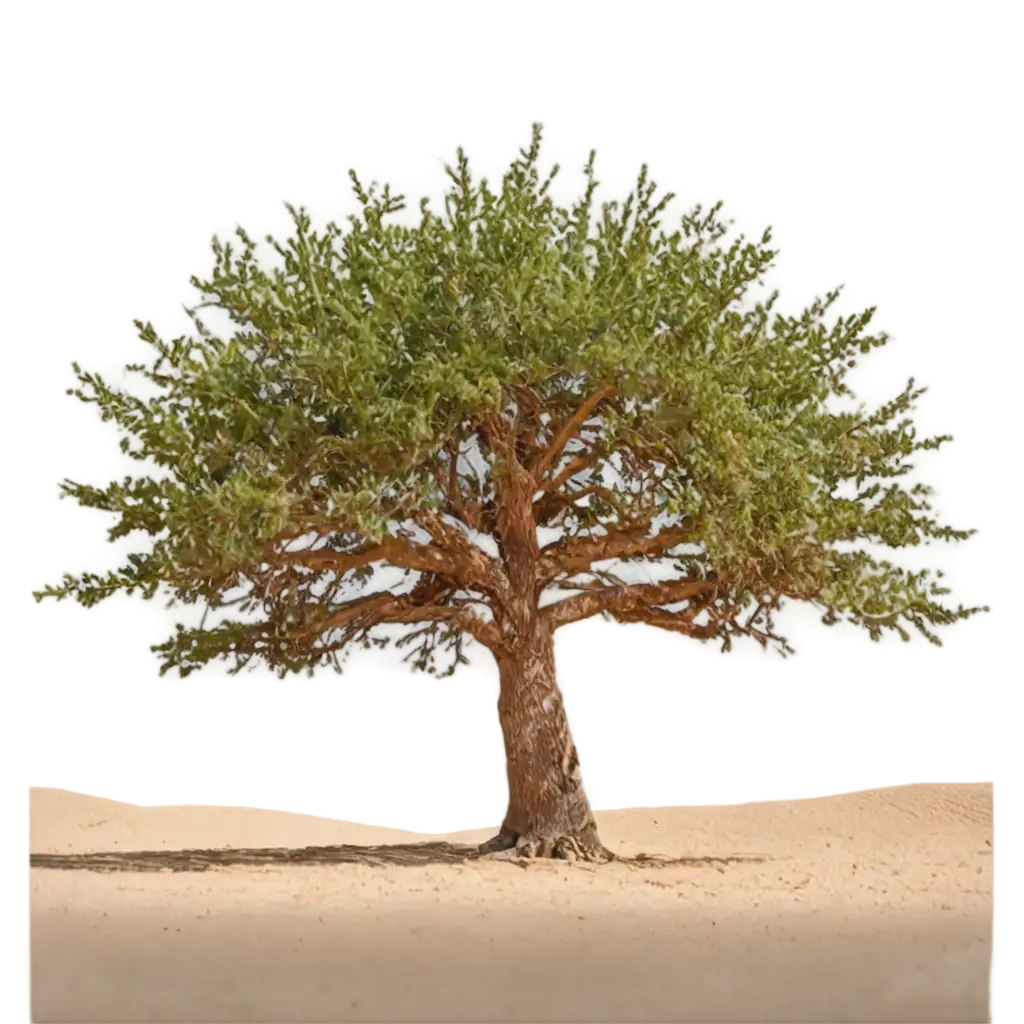
Related Tags
Arid environment imagery encompasses distinct visual elements that capture the essence of desert and dry landscapes. Key characteristics include warm color palettes dominated by golden yellows, rich browns, and burnt oranges, reflecting the sun-baked terrain. Textural elements feature prominently, from rippling sand dunes and cracked earth patterns to weather-worn rock formations. The interplay of light and shadow creates dramatic contrasts, particularly during golden hours, while sparse vegetation like cacti and desert shrubs adds organic elements to these minimalist landscapes. These visual components work together to convey the harsh beauty and environmental extremes of arid regions.
Characteristics and Visual Elements of Arid Environment Imagery
Arid environment imagery serves diverse purposes across multiple industries. In environmental education, these visuals help illustrate climate change impacts and ecosystem adaptation. The tourism sector utilizes such images to promote desert adventures and showcase unique geological formations. Interior designers and architects draw inspiration from arid landscapes' textures and color schemes for biophilic design elements. Film and game developers frequently reference these images for world-building in post-apocalyptic scenarios or alien landscapes. Additionally, conservation organizations use arid environment imagery to raise awareness about desertification and water scarcity issues, making these visuals valuable tools for environmental advocacy.
Applications of Arid Environment Images in Design and Media
Generating effective arid environment imagery through AI requires understanding key compositional elements. Successful prompts often incorporate specific terminology related to geological features like mesas, buttes, and sand dunes. Including atmospheric conditions such as heat haze, dust storms, or dramatic cloud formations adds depth and drama. Time-of-day specifications can dramatically affect the mood, with terms like 'golden hour,' 'harsh midday sun,' or 'desert moonlight' yielding distinct results. For realistic vegetation, include region-specific flora like saguaro cacti, desert wildflowers, or hardy shrubs. Enhance authenticity by referencing real desert locations such as the Sahara, Atacama, or Mojave for characteristic features and color palettes.
Creating Compelling Arid Environment Imagery with AI
The future of arid environment visualization is evolving with advancing AI capabilities and growing environmental awareness. Emerging trends include hyper-realistic rendering of climate change scenarios, showing the progression of desertification over time. There's increasing demand for visualizations that blend traditional desert imagery with sustainable technology, such as solar farms and water conservation systems. AI generators are becoming more sophisticated in depicting accurate geological formations and endemic species, leading to more scientifically accurate representations. The rise of virtual tourism and environmental education is driving innovation in immersive arid environment imagery, with a focus on creating both educational and aesthetically pleasing visuals that capture the unique beauty of these extreme landscapes.
Future Trends in Arid Environment Visualization